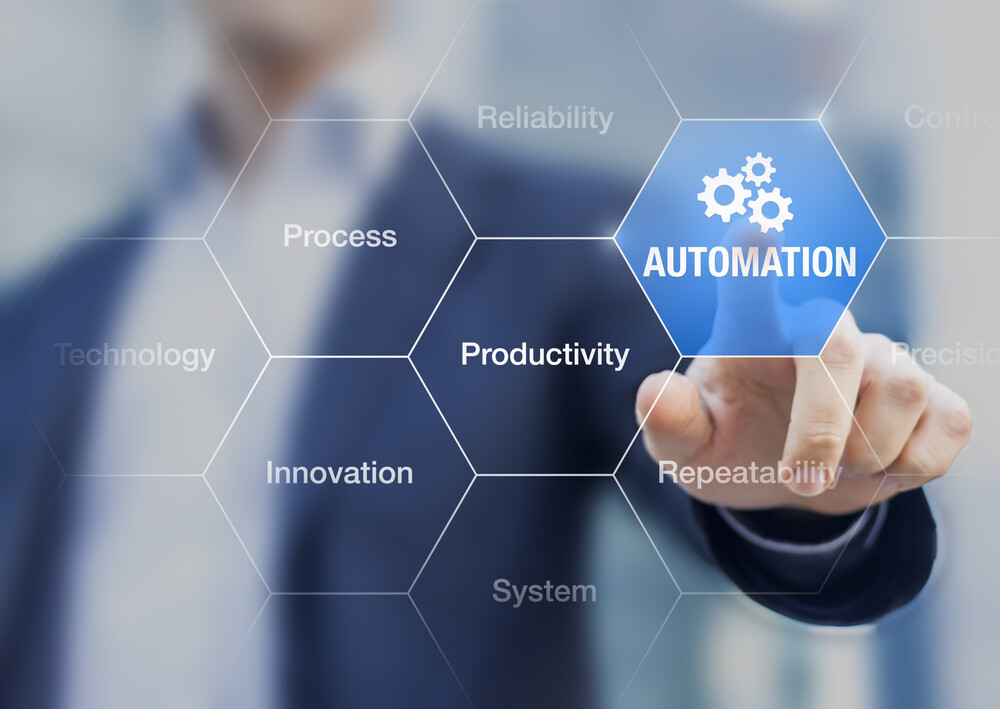
There are just too many ways to lose money when you venture into online advertising without professional guidance. –John Lincoln
PPC automation seems like the answer to a marketing manager’s prayers. If you have a small business, PPC is a win-win investment – one that has increasingly automated tools to interpret data, and create and apply solutions without human interaction. Hello.
ML combined with PPC is a powerful tool for companies of any size. But it’s wasted if you don’t use it correctly, and that means you still need the human element.
About PPC Automation: Smart Campaigns
Despite their promise of full automation, even Google’s Smart Campaigns still need a baseline created by humans. Specifically, Smart Campaigns can only be created after an existing campaign accrues enough historical data for the machine learning algorithm to start determining targeting, bids, and budgets.
–Search Engine Journal
PPC campaigns can be put on autopilot and ML will make intelligent decisions based on your data parameters. The amount of Big Data ML can process is beyond human capabilities. PPC automation is “control,” says Josh Williams. “…If you use it right.” To understand how PPC automation works, you need to understand ML.
Artificial Intelligence
Machine-learning is good at finding data correlations. The computer (machine) trains itself to make the next move based on possible outcomes and historical data. Google Ads has used machine-learning since 2008.
ML also uses a method called “neural networks” in an effort to recreate brain-power. It’s sometimes referred to as “deep learning.”
How ML Can Improve PPC Marketing Campaigns
Possibly, the best thing ML can do for PPC automation is to prioritize the PPC campaigns that are high-performing. It can also stop PPC campaigns that aren’t working well. It can even adjust bids based on PPC performance and reduce bids for lower performing PPC ads.
PPC automation can analyze your account metrics, including third-party data. Then it makes predictions about your target audiences and their responses. You can prioritize clicks, conversions, or impressions and let the system make bidding decisions.
Once Again, Content is Critical
Another PPC automation tool is Dynamic Search Ads. These are ads created by Google; based on your website’s content, Dynamic Search Ads can increase your click-through rates (CTR).
Dynamic Search Ads are “ideal for advertisers with a well-developed website or a large inventory,” says Google. “Dynamic Search Ads use your website to target your ads and can help fill in the gaps of your keywords-based campaigns.”
You Can’t Manage Without Control: The Human Element
The more ML and AI kicks in, the more room for robotic errors. Automation can never understand the nuances of a client’s full needs and business model. There is a balance. Automation without the human touch and management is dangerous.
–Stuart Atkins
It’s not enough for your system to understand your customers’ buying patterns and behavior. If you don’t have people in place to manage PPC automation, how can you plan and strategize future marketing campaigns?
Micromanagement is getting a much better reputation because that’s what artificial intelligence can do for your marketing campaigns. Your PPC automation can be micromanaged by ML. Then, ML and PPC automation should be professionally managed so you can best use the information to increase services, in-house productivity, and sales. You need a professional PPC marketing agency to effectively utilize and manage ML and PPC automation from your company’s multiple marketing campaigns.
To put it simply, you need your IT home team available for putting out fires and you need your marketing department utilized for…well, marketing and not data analytics. And it’s not a good idea to wait until you’re in crisis-mode to contact a professional PPC agency.
Partner with Atkins Marketing Solutions for the best of all worlds. Save money and save time. It’s a very exciting time to be in business, and we can help. Call 714.904.4453 or contact us today to begin maximizing your PPC automation potential.
Stuart Atkins


Leave a Reply